Table of Contents
What spices are in mulling spices? This is a common question for holiday enthusiasts who want to create warm, aromatic drinks. Mulling spices are a traditional blend of warming spices used to infuse hot beverages with rich, comforting flavors during cold seasons. The exact composition varies, but core ingredients typically include cinnamon, cloves, allspice, nutmeg, ginger, cardamom, and star anise. Understanding what spices are in mulling spices helps you make better choices for your holiday drinks, baking, or other culinary creations.
Introduction
There's something magical about the scent of mulling spices. It wraps around you like a cozy blanket on a cold winter day, filling your kitchen with warmth and comfort. But have you ever wondered exactly what goes into that aromatic blend? If you're an enthusiast or a professional in the spice world, this guide is for you.
In this article, we'll break down what spices are in mulling spices, explore their roles, and give you practical tips on how to use them. Whether you're making mulled wine, spiced cider, or just want to know more about these festive flavors, we've got you covered.
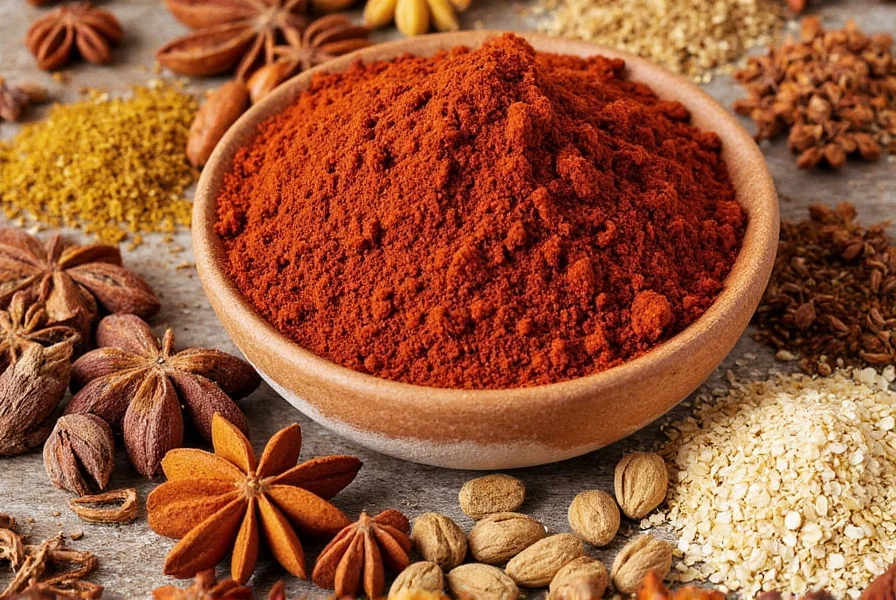
What Are Mulling Spices?
Mulling spices are a classic blend used to infuse hot beverages, especially during the holiday season. The name comes from the process of "mulling," which refers to simmering a drink with spices to enhance its flavor. While the exact composition can vary by region and personal preference, there are several core spices that most blends share.
The best part? These spices aren't just for drinks. They can also be used in baking, desserts, and even as a base for homemade candles or potpourri. So whether you're a seasoned chef or a curious foodie, understanding what spices are in mulling spices will open up a whole new world of flavor possibilities.

Common Spices in a Mulling Blend
Now that we've covered what mulling spices are, let's dive into the individual components. Here's a list of the most common spices found in a traditional mulling spice mix:
- Cinnamon: This sweet and woody spice is the backbone of any mulling blend. It adds depth and warmth to the drink.
- Cloves: A pungent, slightly bitter spice that brings a sharp, spicy kick to the mix.
- Allspice: Also known as Jamaica pepper, this spice has a complex flavor reminiscent of cinnamon, nutmeg, and cloves.
- Nutmeg: Adds a creamy, nutty aroma that enhances the overall richness of the blend.
- Ginger: A zesty and warming spice that gives the drink a refreshing twist.
- Cardamom: Often used in Indian and Middle Eastern cuisine, this floral and citrusy spice adds a unique depth to the mix.
- Star Anise: Known for its licorice-like flavor, it contributes a subtle sweetness and complexity.
While not all mulling spice mixes include every single one of these, the combination of these spices creates that signature warm, comforting flavor profile that makes mulling so special.
| Spice | Role in the Blend | Flavor Profile | Optional? |
|---|---|---|---|
| Cinnamon | Base flavor | Sweet, woody | No |
| Cloves | Spicy, aromatic | Pungent, slightly bitter | No |
| Allspice | Complex layering | Warm, peppery | Yes |
| Nutmeg | Richness, creaminess | Nutty, sweet | Yes |
| Ginger | Refreshing, zesty | Zesty, spicy | Yes |
| Cardamom | Floral, citrusy note | Floral, sweet | Yes |
| Star Anise | Subtle sweetness | Licorice-like | Yes |
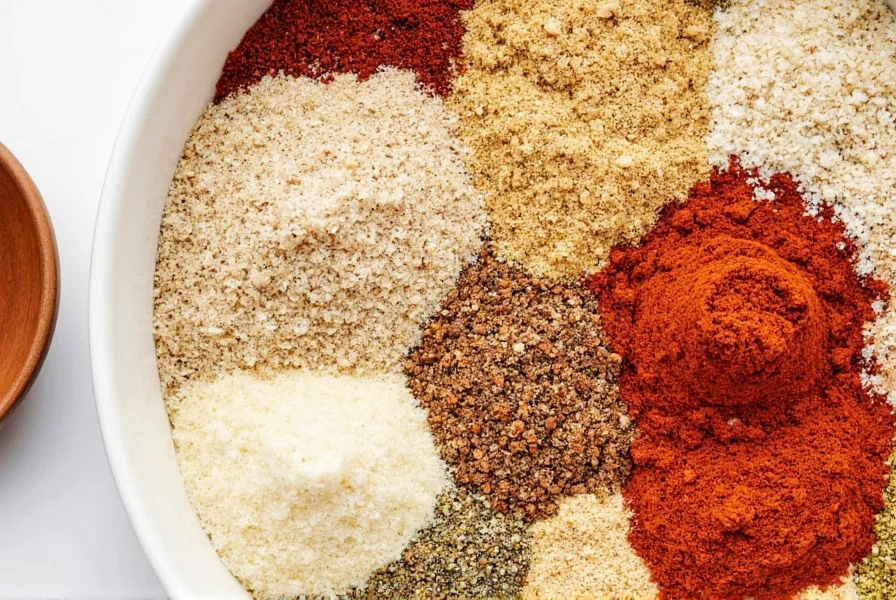
How to Use Mulling Spices
Using mulling spices is simple, but the right technique can make a big difference in flavor. Here are some tips to help you get the most out of your mulling spice mix:
- Simmer, don't boil: Add your mulling spice mix to a pot of wine, juice, or water and let it simmer gently. Boiling can cause the spices to become too strong or bitter.
- Use fresh spices: Freshly ground spices offer better flavor than pre-ground versions. Consider grinding your own cinnamon sticks or cloves for maximum impact.
- Experiment with ratios: Some people prefer a stronger spice profile, while others like a more subtle blend. Adjust the amount of spices based on your taste.
- Pair with citrus: A squeeze of orange or lemon juice can brighten up the drink and balance the warmth of the spices.
- Store properly: Keep your mulling spice mix in an airtight container away from heat and light to preserve its potency.
With these tips, you can create a perfectly spiced drink that's perfect for the holidays or any chilly evening.
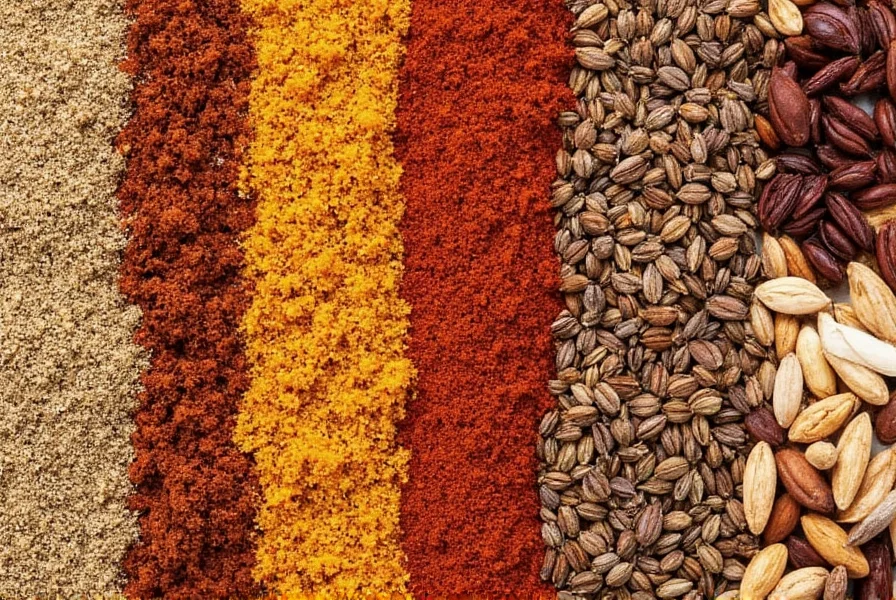
Buying Guide: How to Choose the Best Mulling Spice Mix
If you're looking to buy mulling spices, there are a few things to consider. Here's a quick guide to help you choose the best option for your needs:
Types of Mulling Spice Mixes
- Pre-made blends: These are convenient and ready to use. Look for high-quality ingredients and avoid blends with excessive fillers or artificial additives.
- Custom blends: If you like to experiment, buying individual spices and mixing them yourself gives you full control over the flavor profile.
Key Features to Look For
- Organic certification: If you're health-conscious, opt for organic mulling spice blends to avoid pesticides and synthetic chemicals.
- Freshness: Check the expiration date and look for spices that are still vibrant in color and aroma.
- Regional variations: Some blends may include additional spices like ginger or cardamom, depending on the culture or recipe.
Best Uses and Target Audience
- Home cooks: Ideal for those who enjoy making their own seasonal drinks and want convenience without sacrificing quality.
- Chefs and bakers: Perfect for creating custom spice blends for events, parties, or restaurant menus.
- Gift-giving: A well-packaged mulling spice mix makes a great holiday gift for friends and family.
Recommended Products (Example)
Here are a few examples of mulling spice mixes available on the market:
- Traditional Mulling Spice Mix: A classic blend of cinnamon, cloves, and nutmeg, ideal for mulled wine or cider.
- Spiced Cider Spice Mix: Includes ginger and star anise for a more zesty and complex flavor profile.
- Global Fusion Blend: Incorporates cardamom and allspice for a more exotic twist.
When choosing a product, always read the label carefully and consider your intended use before purchasing.
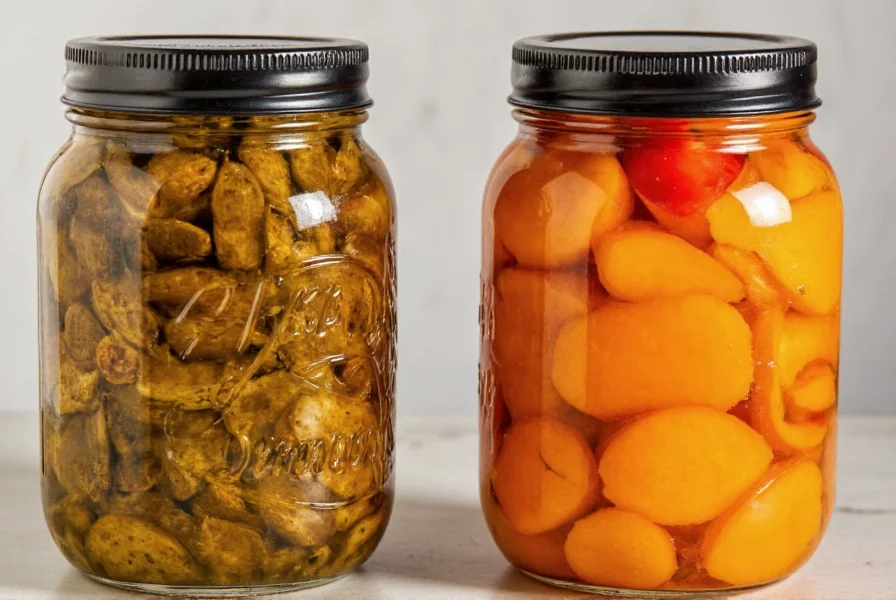
Frequently Asked Questions
What are the essential spices in a mulling spice blend?
The core ingredients in any mulling spice blend are cinnamon and cloves. These two spices form the foundation of the flavor profile. Cinnamon provides sweet warmth while cloves add that distinctive spicy kick. While other spices like allspice, nutmeg, and ginger are common, you can create a basic mulling blend with just these two essential spices.
Can I make mulling spices without alcohol?
Absolutely. Mulling spices work beautifully with non-alcoholic bases like apple cider, grape juice, cranberry juice, or even water. Simply simmer your spice blend in your chosen liquid for 15-20 minutes, strain, and enjoy. Many traditional mulling recipes actually originated as non-alcoholic beverages before wine became commonly used.
How long do homemade mulling spices last?
When stored properly in an airtight container away from heat and light, homemade mulling spice blends can maintain their potency for 6-12 months. Whole spices (like cinnamon sticks and whole cloves) last longer than pre-ground versions. For best results, check the aroma - if the scent is weak or musty, it's time to make a fresh batch.
What can I use if I don't have all the traditional spices?
Don't worry if you're missing some ingredients. A basic blend of cinnamon and cloves will still deliver great flavor. For nutmeg substitutions, try allspice or mace. If you lack star anise, a pinch of fennel seeds can provide similar licorice notes. Ginger powder can replace fresh ginger, and cardamom can be omitted without significantly altering the core flavor profile.
Can mulling spices be used for anything besides drinks?
Yes! Mulling spices add wonderful flavor to baked goods like gingerbread, spice cakes, and fruit compotes. They're excellent in oatmeal or rice pudding, and can even be used to infuse sugar for baking. Some creative uses include adding them to marinades for meats, mixing into candle wax for holiday scents, or creating homemade potpourri for natural home fragrance.
Conclusion
In summary, mulling spices are a warm, aromatic blend that adds incredible depth and flavor to seasonal drinks. As we've explored, what spices are in mulling spices typically includes cinnamon, cloves, allspice, nutmeg, ginger, cardamom, and star anise—though the exact combination can vary based on tradition and personal taste.
Whether you're making a cup of mulled wine, spiced tea, or even using the spices in baking, understanding the components of mulling spices will help you make better choices and create more flavorful dishes. With the right mix, you can bring the magic of the holidays into your home with every sip.
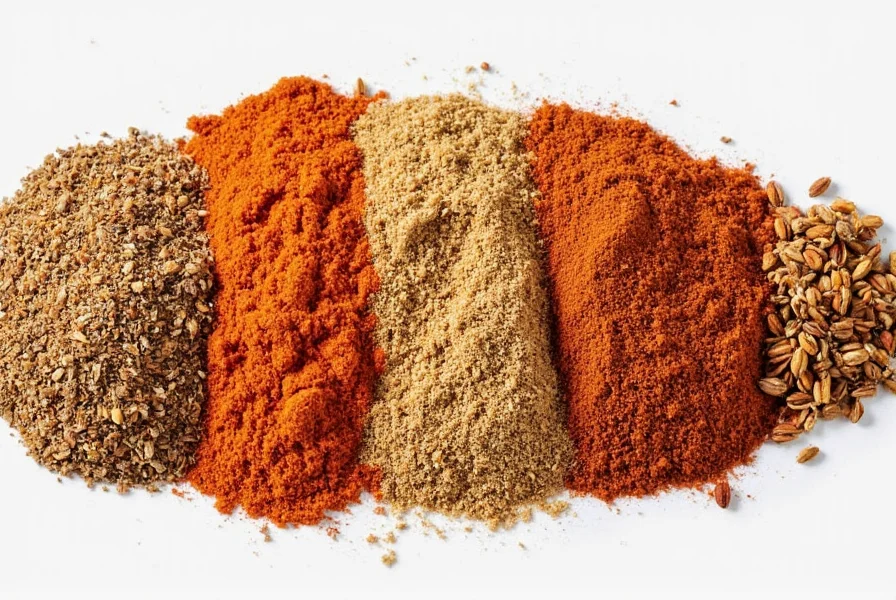
So next time you smell that familiar, comforting aroma, you'll know exactly what spices are in mulling spices—and why they're worth every bit of the hype.

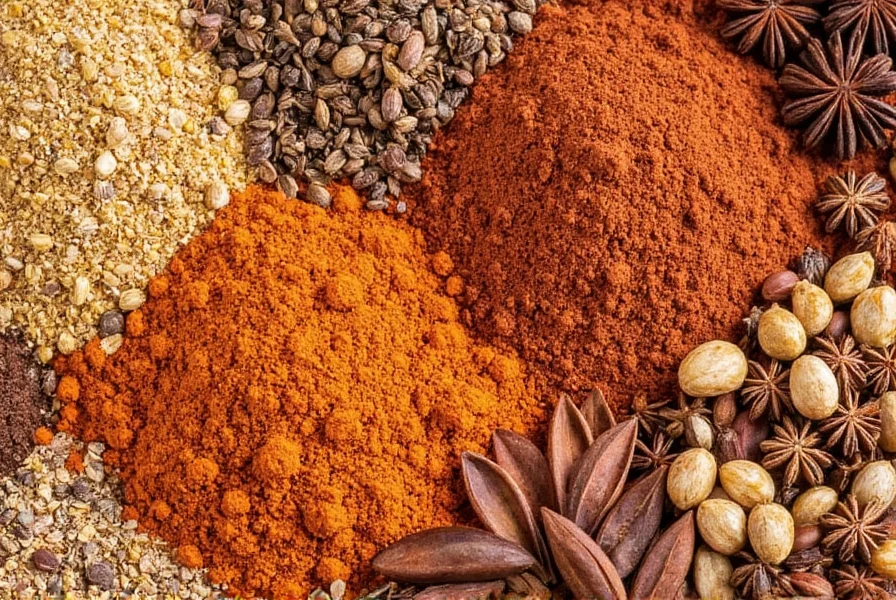









 浙公网安备
33010002000092号
浙公网安备
33010002000092号 浙B2-20120091-4
浙B2-20120091-4